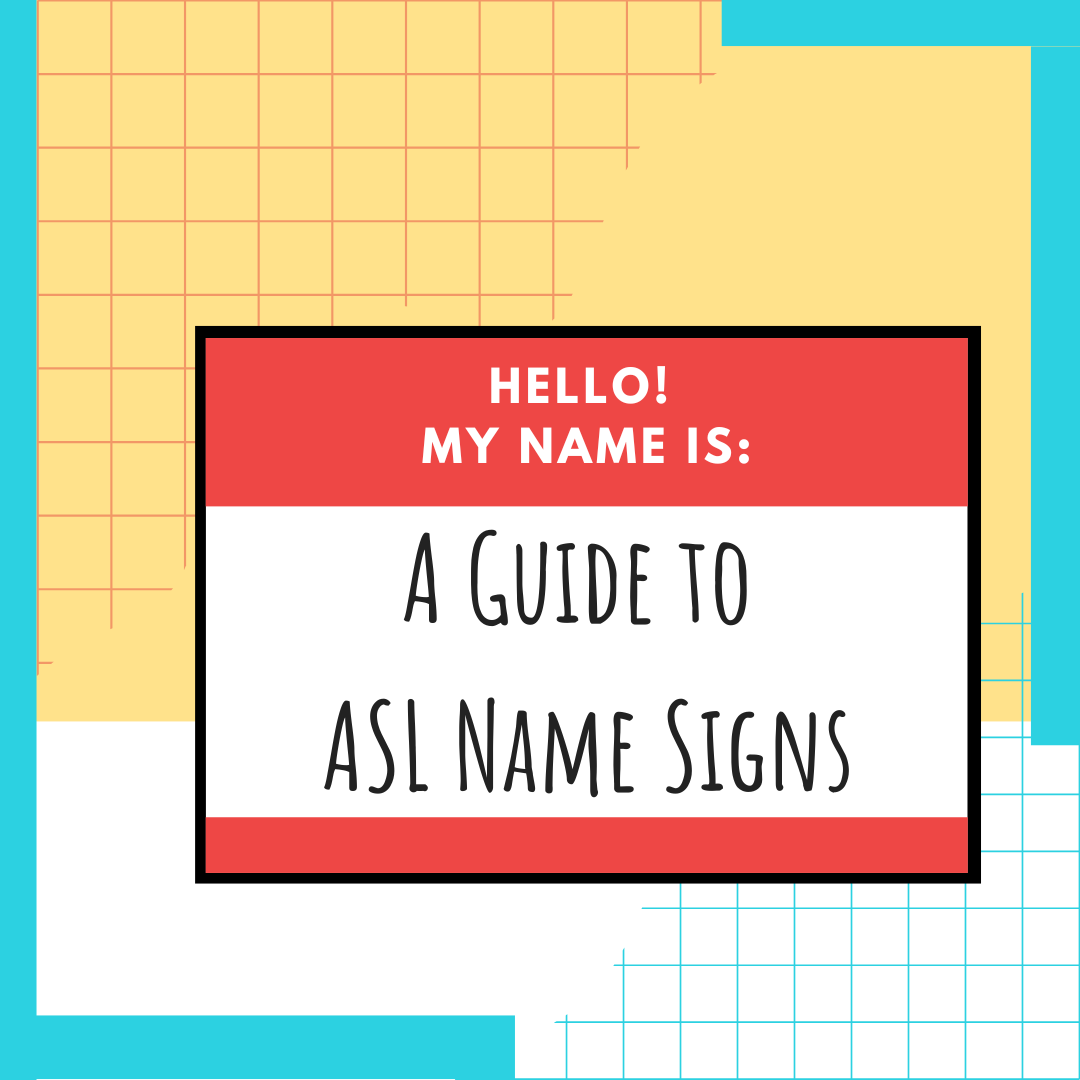
OSU Led the Way to Learn American Sign Language With its ASL Bachelor’s Degree
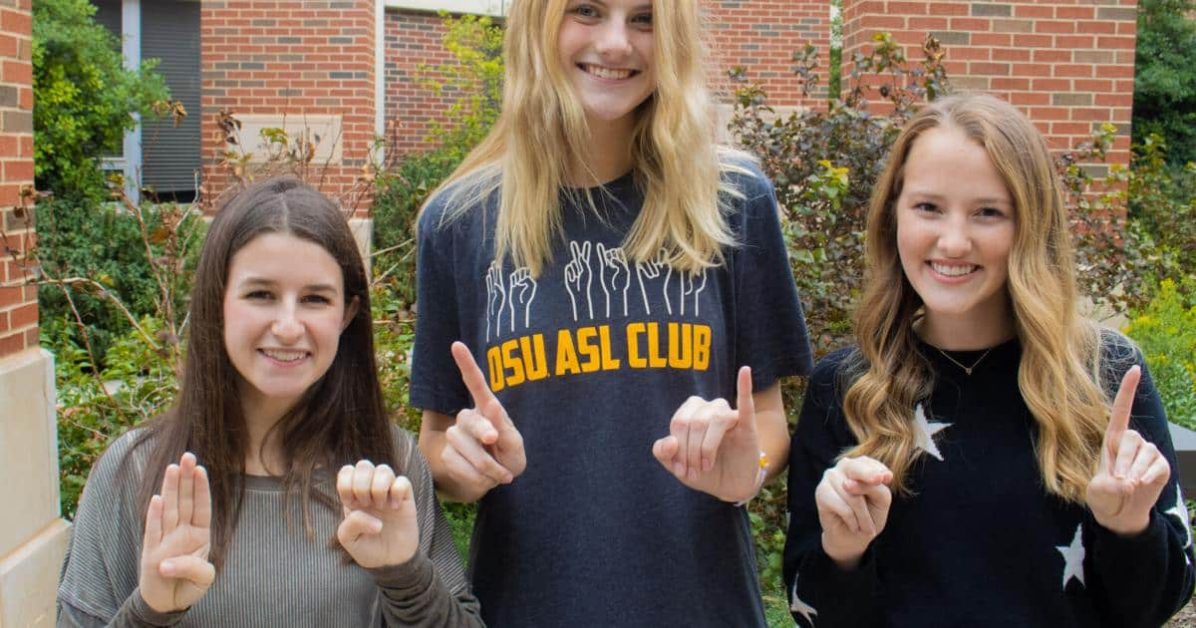

OSU Led the Way to Learn American Sign Language With its ASL Bachelor’s Degree
If your desire was to learn American Sign Language (ASL) in the 1800’s fewer educational organizations could offer more value than Oklahoma State University. Founded on December 25, 1890 in Stillwater, OK under the name Oklahoma Agricultural and Mechanical College, Oklahoma State University (OSU) has developed into one of the foremost land-grant universities in the United States, through its rich traditions and progressive academic culture.
The school’s enlightened approach to administration is reflected in the naming of Dr. Kayse Shrum as its 19th president in April of 2021. Dr. Shrum, who officially took office in July of that year, is the first woman to head a public research institution in Oklahoma. She is committed to ensuring OSU’s status as a modern land-grant university through research, innovation, and the cultivation of industry partnerships.
The university’s forward-thinking attitude was also demonstrated when it helped tear down the language barrier for a significantly underserved group in our society: the Deaf and Hard of Hearing (D/HoH) population.
A Giant Step for D/HoH People
In the fall of 2021, OSU made its American Sign Language (ASL) major into a bachelor’s degree program, a crucial development for students who want to study signing and possibly teach ASL in the US or around the world. The move was also a great leap forward for the D/HoH community, which has long been under-resourced by both the public and private sectors. Previously, ASL was only offered as a minor at OSU. But through the diligent and tireless efforts of Dr. Taylor Woodall-Greene, OSU has become the first university in Oklahoma to offer a bachelor’s degree in ASL.
After an initial proposal in 2016, OSU’s College of Arts and Sciences asserted that having a bachelor’s program in ASL would require the support of a tenure track professor. Dr. Woodall-Greene, who was then an adjunct professor close to receiving her doctorate, applied for the position. More applications were to follow until finally, after being delayed because of the COVID-19 pandemic, the ASL bachelor’s degree program was approved in August of 2021 and classes began in the fall of that year. Dr. Woodall-Greene was selected as the program’s tenure track professor.
Expanding the Ability to Learn American Sign Language Fluency is Key to Serve the D/HoH Community
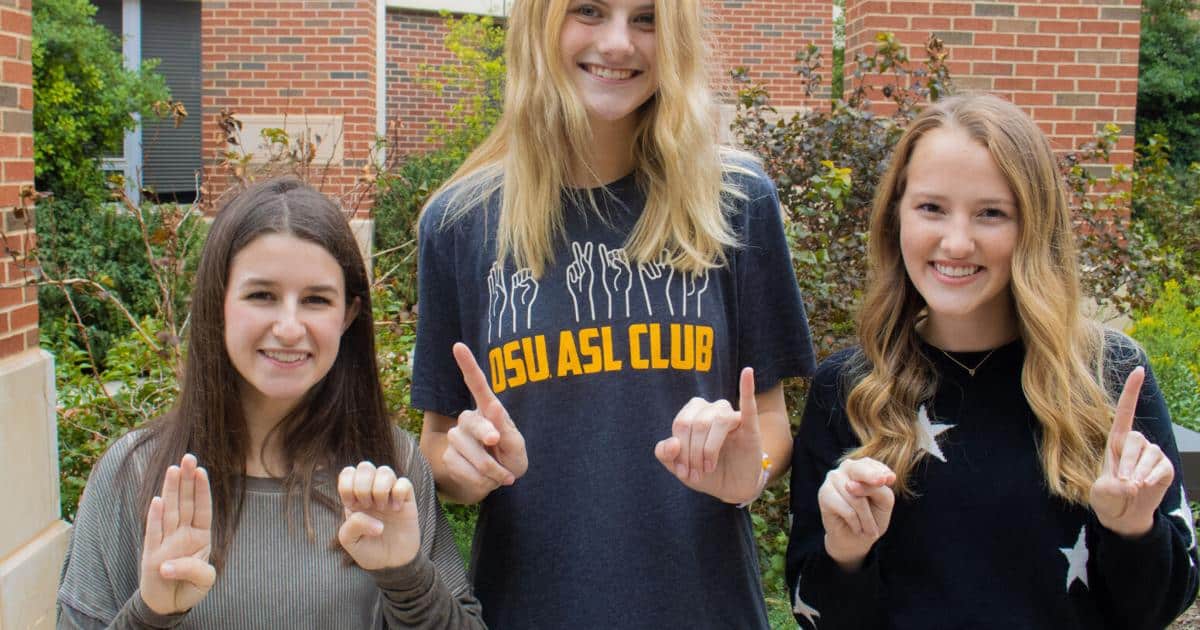
Dr. Taylor Woodall-Greene would like to see more people in Oklahoma become fluent in sign language, and has worked for years to bring that about. She says that she hopes to strengthen support for the Deaf community in Stillwater and far beyond as she continues to try and grow the ASL bachelor’s degree program and encourage students to declare American Sign Language as their major.
OSU’s ASL Bachelor’s Degree Program is Hands-on
Once students are admitted into the program, required classes such as American Sign Language I, II, and III develop students’ receptive and expressive skills in real situations and introduce various aspects of Deaf Culture, including finger spelling, numbers, classifiers, and facial expressions. The different accents within sign language, as well as idiomatic features are also taught. Subsequent courses in the program include Interpreting Concepts in American Sign Language, Linguistics of American Sign Language, and American Sign Language Poetry, which broaden students’ knowledge of ASL grammar, idioms, linguistics, and other topics. The ASL Poetry course is especially relevant, as it allows students to create poems and narrative stories featuring ASL structure and grammar rules using stories and historical facts gathered from the community of the Deaf world.
To Learn American Sign Language Majors Can Use Their Skills in a Wide Variety of Fields
After gaining a broad background in ASL through these courses, students who major in ASL at Oklahoma State University can follow countless academic and career paths. They can double major and work at obtaining a job in a different field such as electronic media, or possibly become interpreters in the business world, the military, the government, or other areas.
As Dr. Woodall-Greene says, “The overall goal for our degree is fluency, native-like fluency, and from there the sky’s the limit. You can use this language in anything.”
The Field of ASL Studies is Growing in Popularity
Classes in ASL have already shown to be well-liked in Stillwater. Although the university did not previously have an ASL major, it had offered concentrations in ASL for years. Currently ASL is only behind Spanish in terms of the number of students enrolled in what’s classified as a foreign language at OSU.
As mentioned above, OSU professors first proposed American Sign Language as a major in 2016, making its acceptance as a major a lengthy process. But the long effort has been worthwhile, as it is encouraging greater inclusivity and compassion for the D/HoH community.
“It is not easy for Deaf people to just learn spoken English,” Dr. Woodall-Green says. “They are a complete group that falls under the Americans with Disabilities Act. They are an underserved group; they’ve experienced oppression so their experiences are coming to light now. And I think that’s driving the popularity of our courses.”
OSU has a Longstanding D/HoH Culture
Dr. Woodall-Greene also says that the OSU campus has changed a great deal since the early 2000s, when it was hard to find Deaf students on campus. Since that time, the university has taken action to become increasingly inclusive. Consequently, its Deaf student population is rising.
For many years the school has had a great sense of community with respect to D/HoH people. Deaf students from the Oklahoma School for the Deaf and other applicants from traditional schools across the state of Oklahoma hear about how OSU has had a thriving Deaf campus community since the early 2000s. Besides its ASL courses, an ASL club is active on campus, and the university always provides certified and qualified ASL interpreters for classes and other activities, making it like a magnet school for the D/HoH population.
Qualified Deaf ASL Instructors Enhance OSU’s Inclusivity
Part of the inclusivity at OSU results from the rising number of people learning ASL on campus, and also Deaf and Hard of Hearing students having the chance to be taught by competent and experienced Deaf professors. “We have some amazing instructors who are Deaf,” Dr. Woodall-Greene says. “We have three Deaf professors on campus of our five. And we have a sixth professor who adjuncts with us when she can, who is also Deaf. So we are practicing what we preach, we’re bringing in people who are native to this language and native to the culture, and that are able to teach and instill a passion in people who are taking basic level courses.”
A Bachelor’s in Interpretation May be the Next Step for ASL at OSU
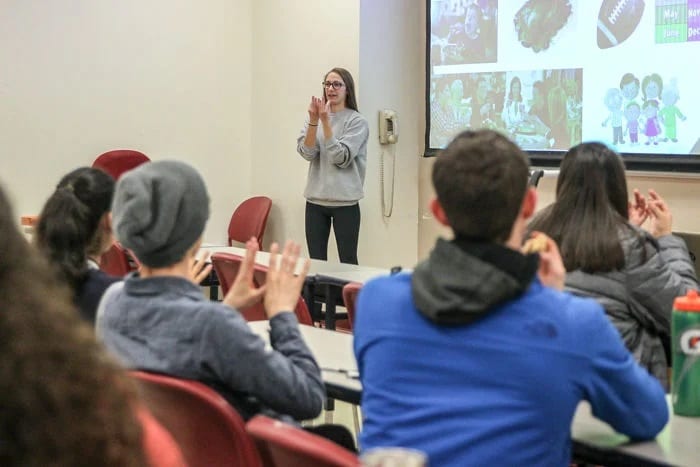
A large disparity now exists between the number of people who know sign language and the number of people who require ASL language interpreting services. For this reason, there’s a major appeal from interpreting training programs to begin urging students to not only get into their programs, but also to further their education by getting a bachelor’s degree and becoming a certified interpreter at the national level.
With ASL now being classified as a foreign language and offered as a bachelor’s degree at OSU, many students who need a foreign language credit and want to learn to sign will be drawn to the ASL interpreting program. Dr. Woodall-Greene says a bachelor’s degree in ASL interpreting would benefit any type of profession, as so few certified ASL interpreters are currently available, and she adds, “If you have those [ASL] skills, the Deaf community is going to go to you because you can communicate with them in their first language. And they don’t have to try to figure it out via their second language.”
Start Learning ASL Today!
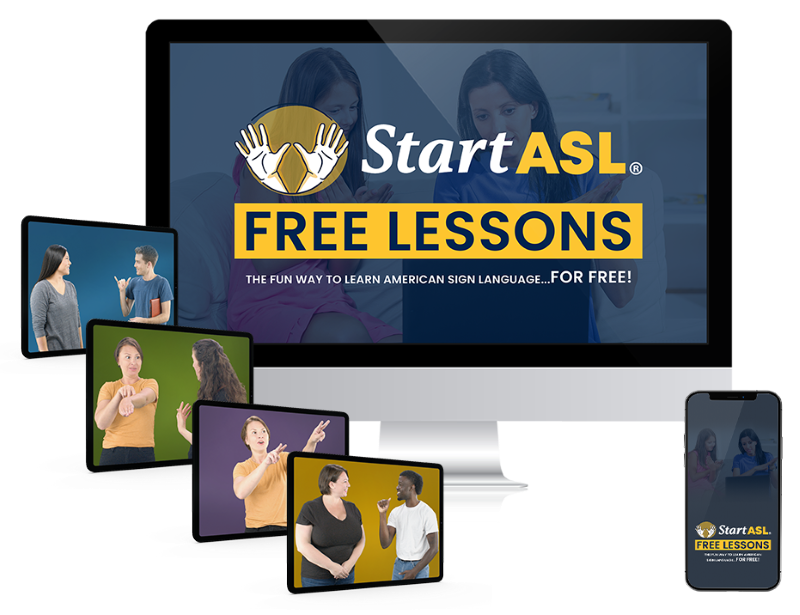 Ready to start learning real American Sign Language and not just basic signs? Do you want to be a part of the vibrant Deaf community? Check out our Free ASL 1 Course or our Complete 4-Level ASL Course options and start learning ASL today!
Ready to start learning real American Sign Language and not just basic signs? Do you want to be a part of the vibrant Deaf community? Check out our Free ASL 1 Course or our Complete 4-Level ASL Course options and start learning ASL today!
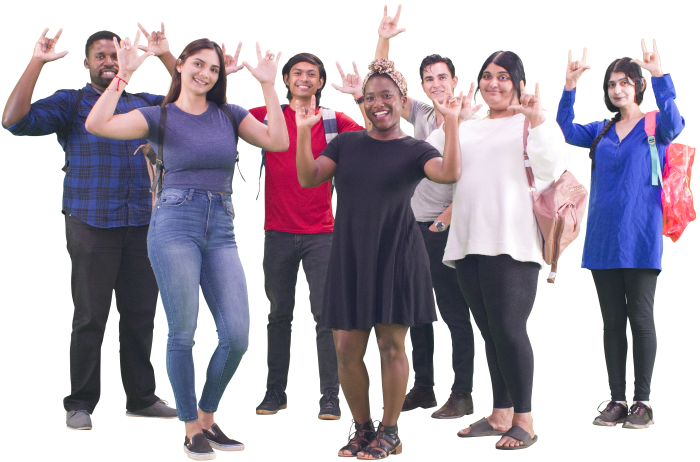
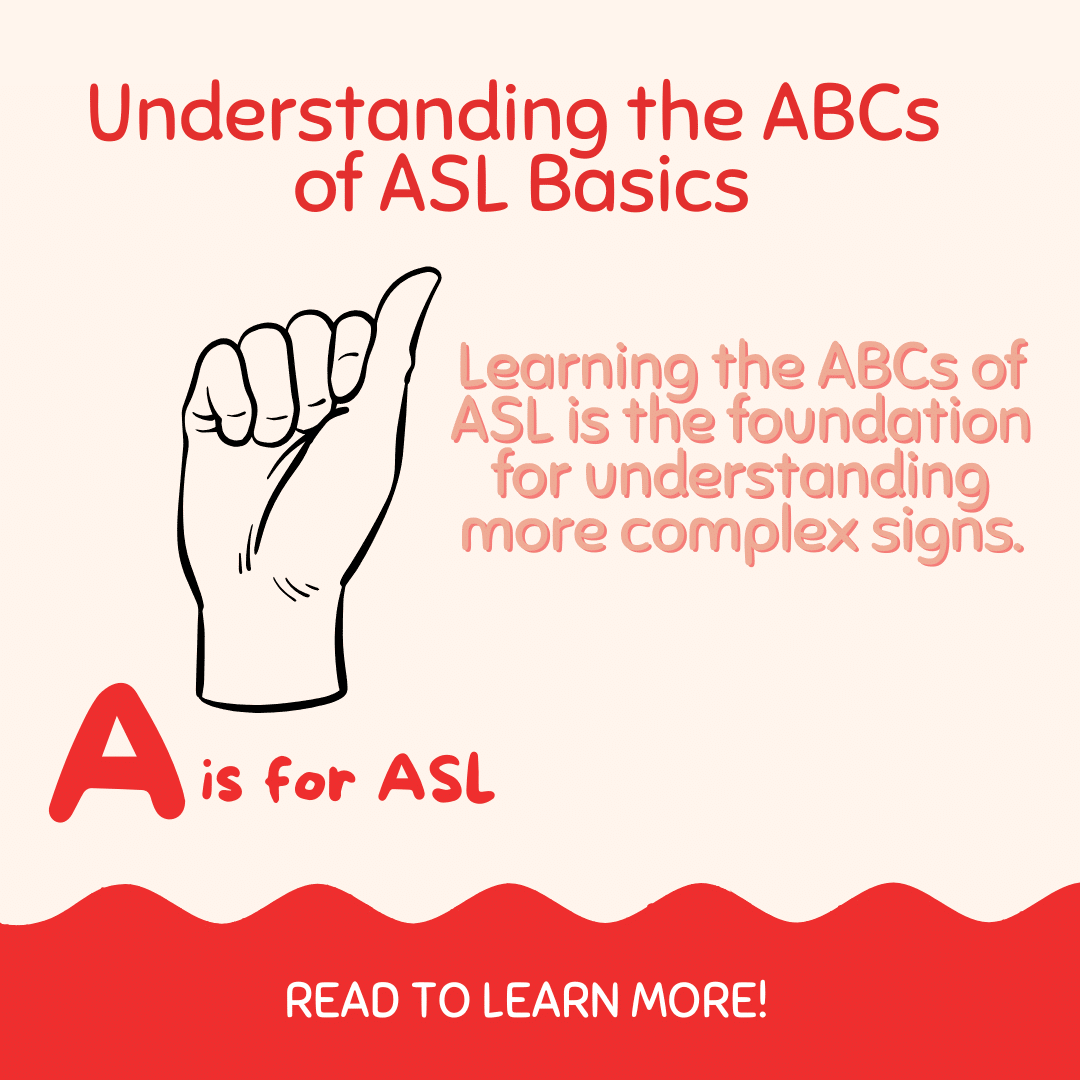
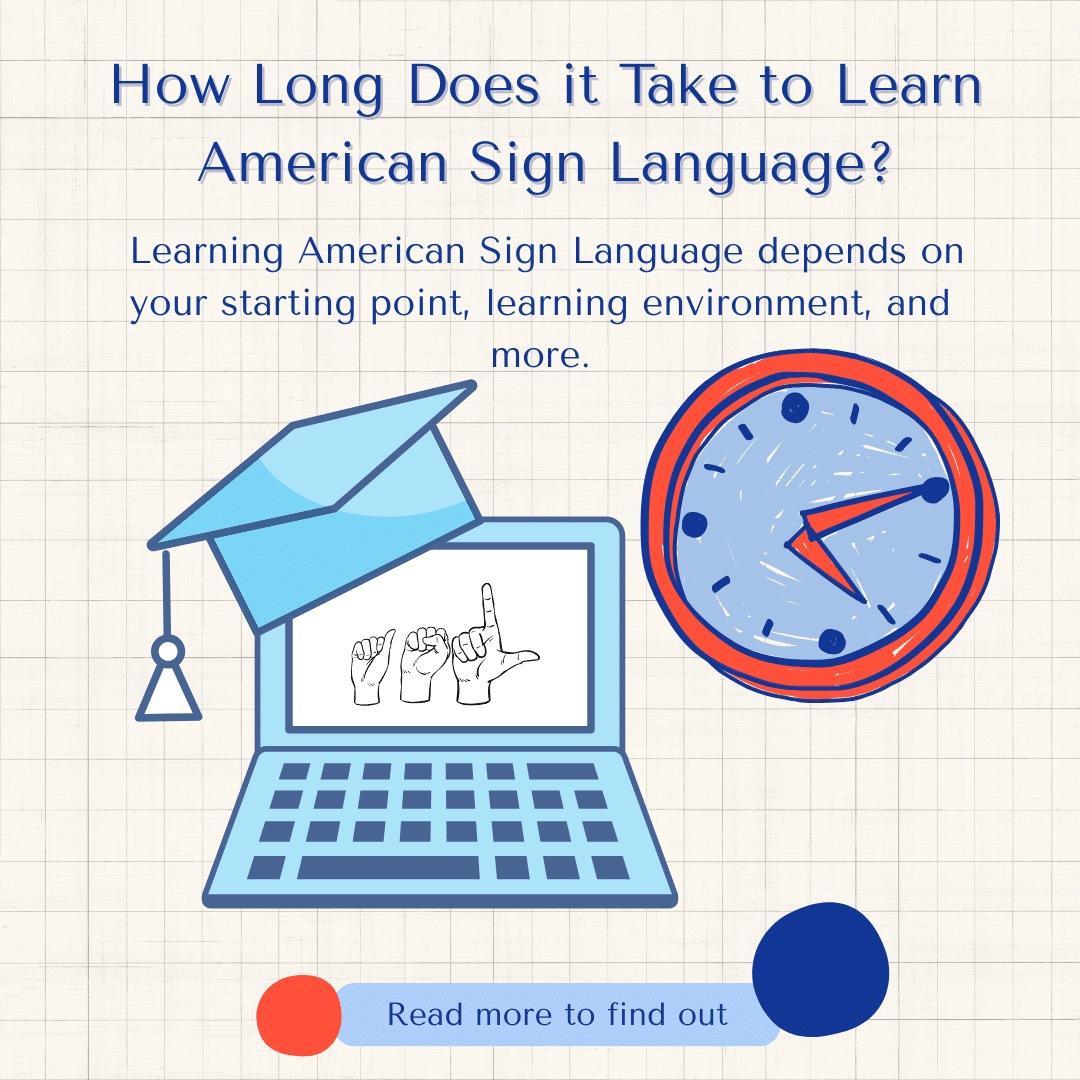
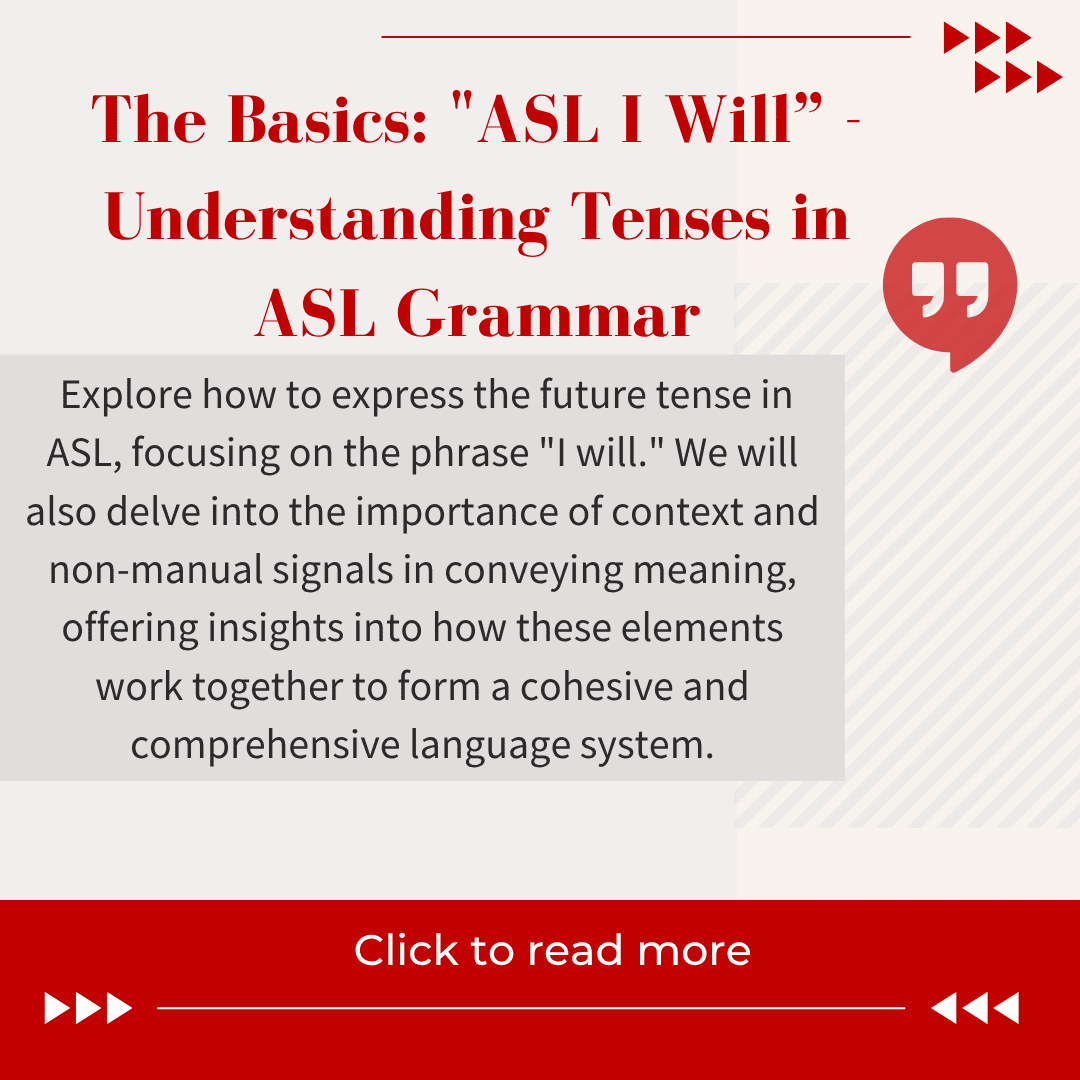

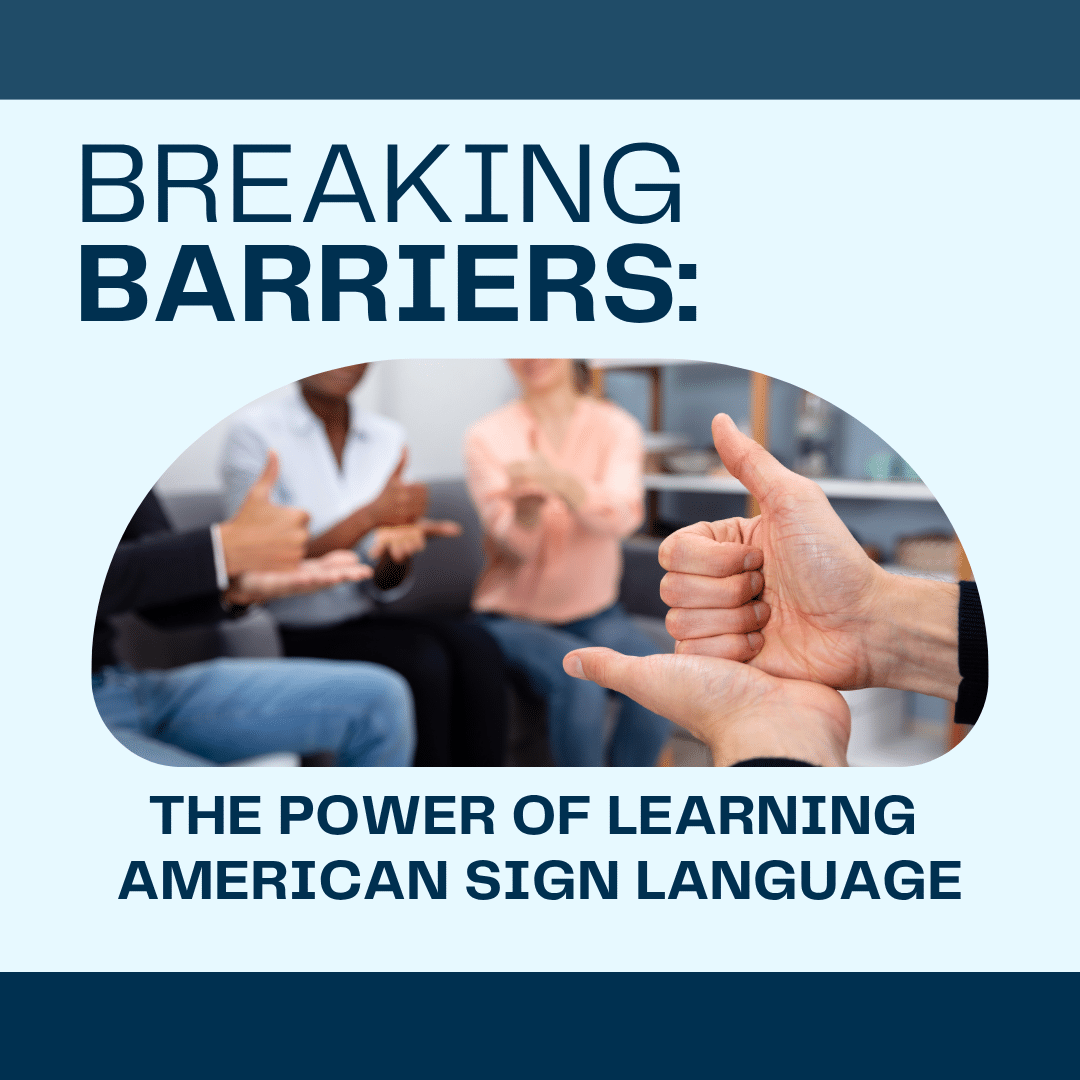



One Response
hello welcome